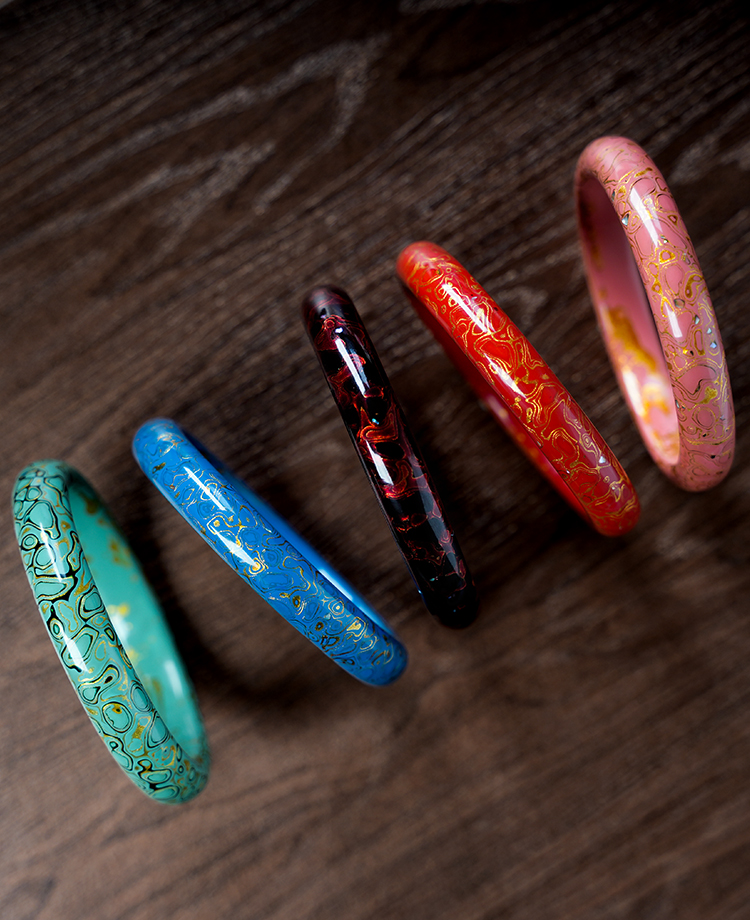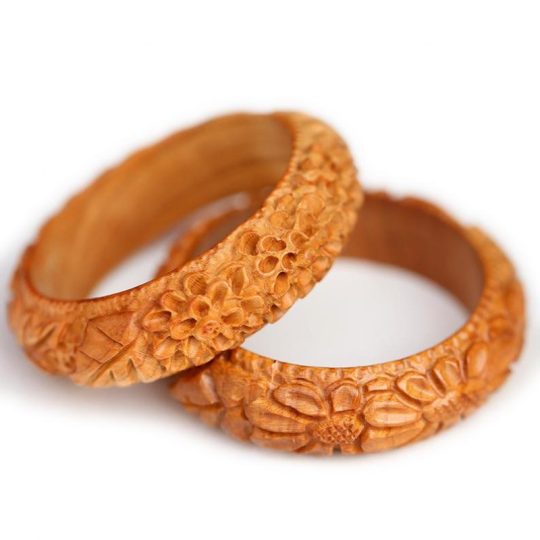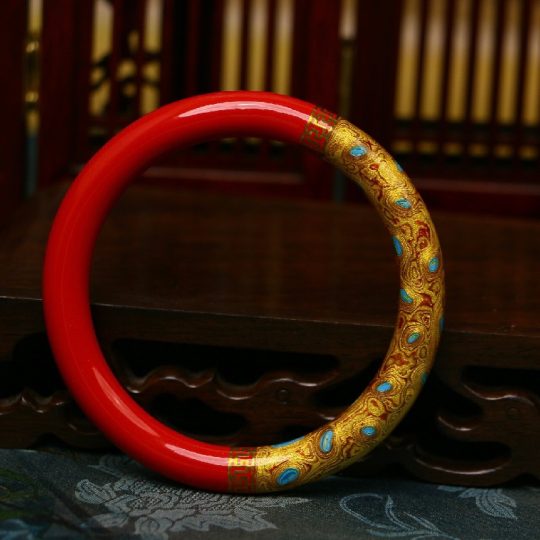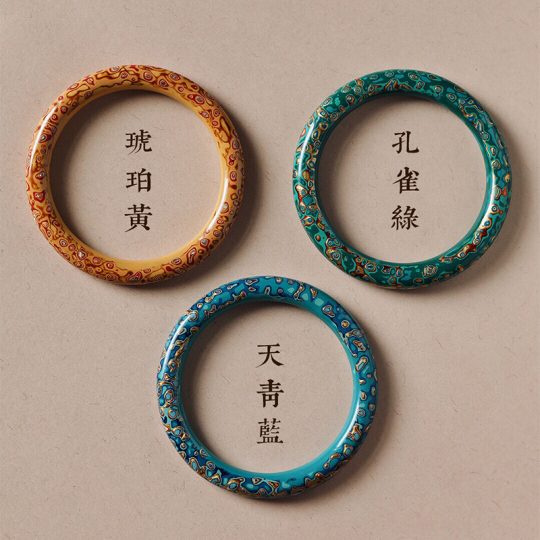Lacquer art, also known as lacquerware craftsmanship, is an ancient manufacturing technique that utilizes natural resin harvested from lacquer trees—raw lacquer (natural lacquer, “qi” in Chinese). With a history spanning over 8,000 years, it stands as a vital component of China’s Intangible Cultural Heritage.
Characteristics of Lacquer 🌳
- Durability: Lacquer is highly resistant to acid, alkali, corrosion, and high temperatures. It can adhere to various materials, including wood, leather, and ceramics.
- Timeless Beauty: Lacquerware boasts a lustrous finish, vibrant hues, and colors that never fade.
Types of Lacquerware 🎨
Lacquerware is categorized by production methods:
- Bodiless Lacquerware: Created by molding cloth or silk over a clay/plaster base, then removing the core to leave a hollow lacquered form.
- Material-Core Lacquerware: Made by applying lacquer directly to rigid bases like wood, metal, or ceramics.
Production Process 🔧
The meticulous workflow includes:
- Base Creation: Shaping the core material.
- Fabric Layering: Wrapping the core with hemp or silk.
- Ash Filling: Smoothing surfaces with ash mixtures.
- Primer Coating: Applying raw lacquer as a foundation.
- Lacquer Application: Layering and polishing repeatedly.
- Decoration & Polishing: Adding intricate designs and final buffing.
Note: Sanding and drying in humidity-controlled chambers are critical throughout.
Decorative Techniques 🎨
- Filled Lacquer (Tianqi): Carving patterns and filling them with colored lacquer.
- Gold Inlaying (Qiangjin): Etching designs and embedding gold leaf or powder.
- Painted Lacquer (Miaoqi): Hand-painting motifs with colored or gold lacquer.
- Carved Lacquer (Diaoqi): Sculpting intricate reliefs from thick lacquer layers.
- Raised Lacquer (Duīqī): Building textured patterns with lacquer paste.
Care Tips 🧼
- Heat Resistance: Natural lacquer withstands temperatures up to 150°C (302°F).
- Safety Note: Many modern “lacquer” products use synthetic coatings. For food safety, opt for natural lacquerware with uncoated interiors.
Cultural Value 💎
Lacquer art transcends mere materiality—it embodies a living legacy. Each piece intertwines the life force of the lacquer tree, the artisan’s spirit, and the owner’s story. More than functional objects, lacquerware carries the essence of Eastern philosophy, blending utility with artistry to radiate cultural warmth and sophistication.
-
Feicheng Peach Wooden Bracelet Women’s Bracelet Handmade Carved Wooden Flower Bracelet Women’s Jewelry Couple Bracelet Ethnic Style
$129.00 -
High content cinnabar red sand lacquer craft enamel color gold inlaid bracelet fashionable Chinese style high aesthetic value
$660.00 – $749.00 -
Intangible Cultural Heritage Lacquer Craftsmanship Lacquer Bracelet Redwood Bracelet
$780.00





Leave a Reply